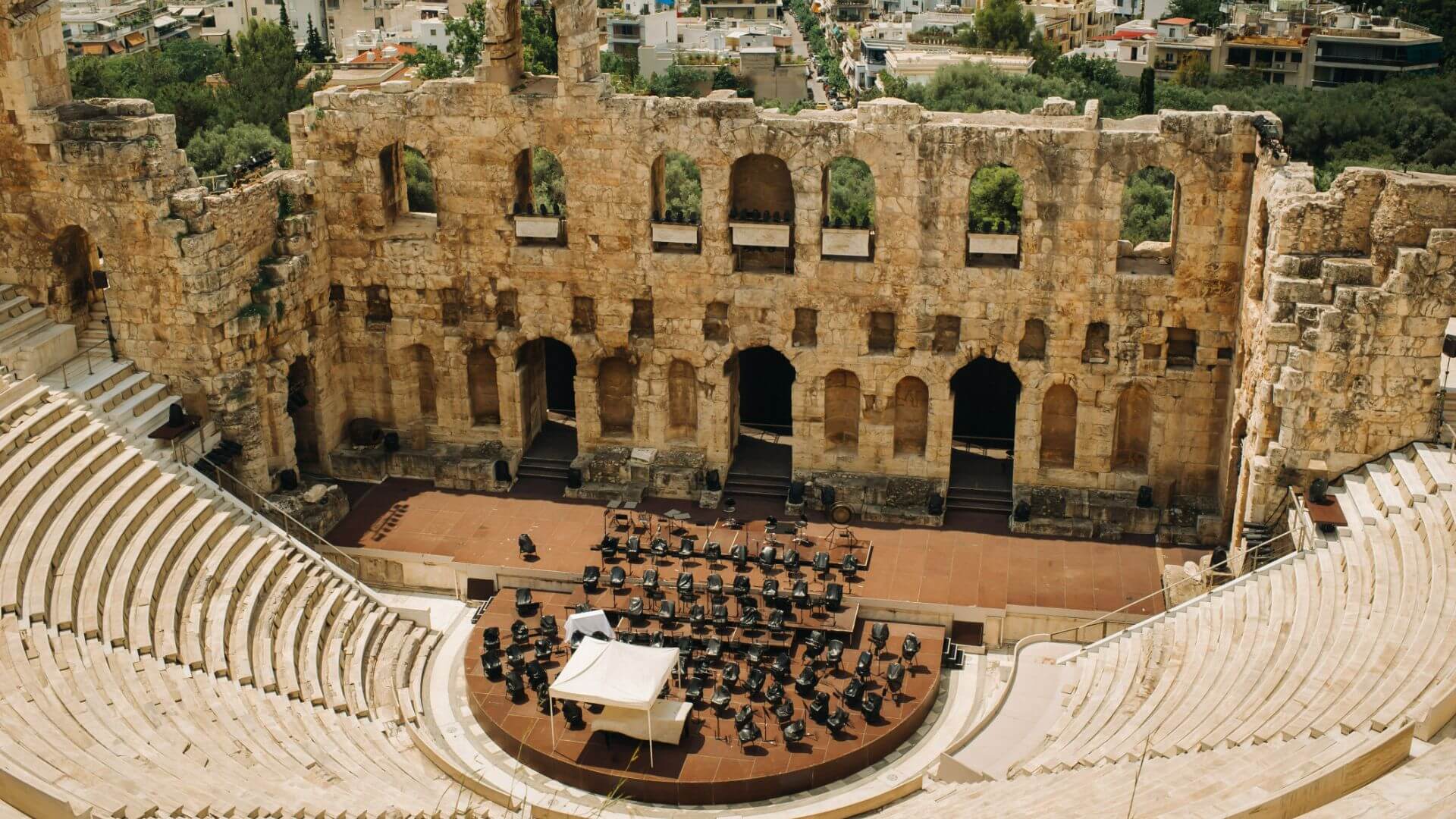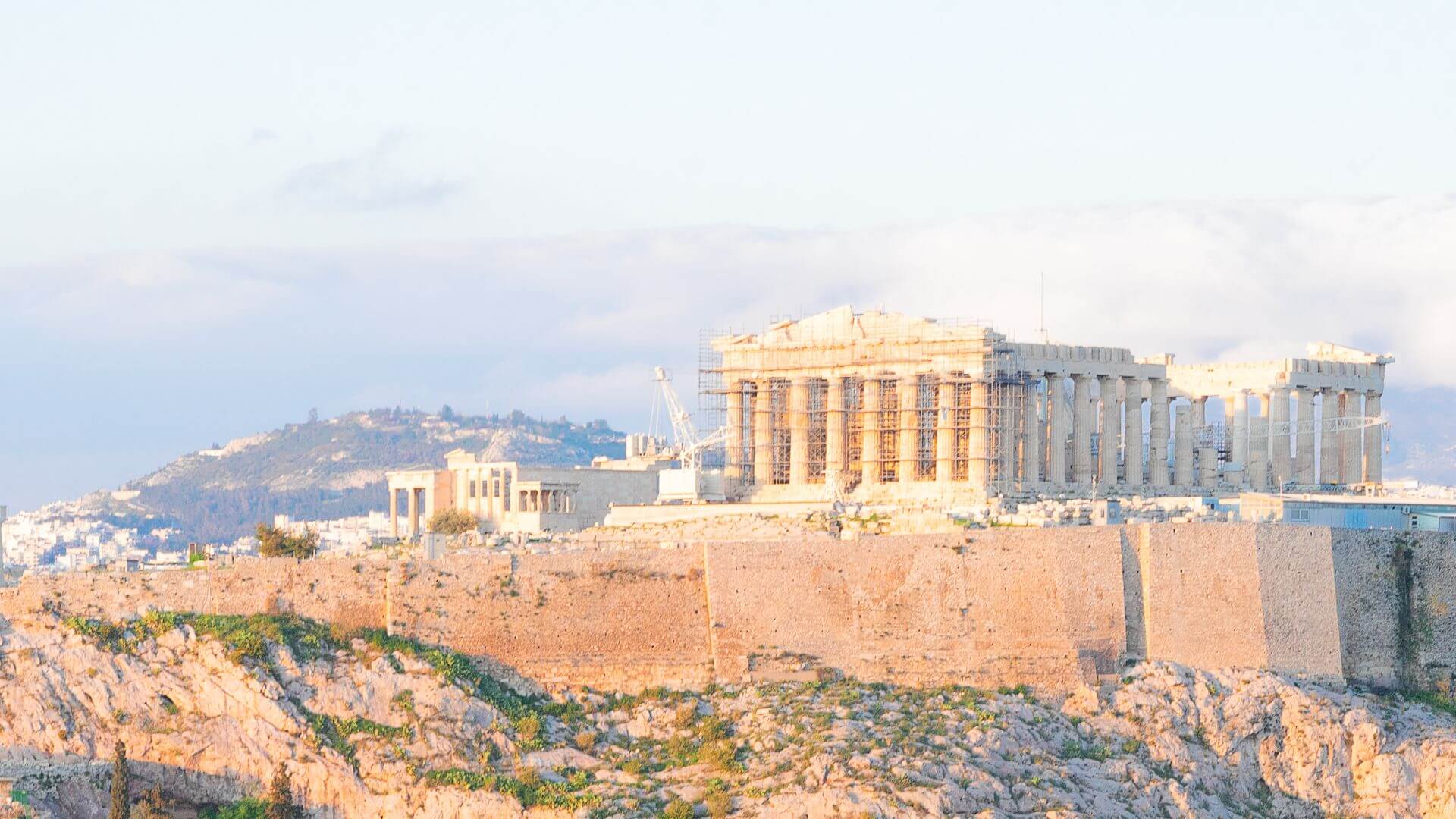Embark on a journey to the Akropolis in Athens, a towering symbol of ancient Greek civilization and architectural prowess. This magnificent citadel, set high above the cityscape, is not only an iconic landmark but also a profound testament to the cultural and historical legacy of Greece. The Akropolis, with its stunning array of classical structures including the renowned Parthenon, stands as a beacon of the Golden Age of Athens, offering insight into the art, politics, and philosophy that shaped the Western world.
As you ascend the sacred hill, you are tracing the footsteps of philosophers, artists, and statesmen who laid the foundations of democracy and Western thought. The Akropolis invites you to explore its historic pathways, temples, and sanctuaries, each telling a story of glory, resilience, and artistic achievement. The beauty of its Doric columns against the backdrop of the Athenian skyline is a sight to behold, captivating visitors from around the globe.
In this introduction to the Akropolis, we invite you to immerse yourself in the world of ancient Athens. Whether you are marveling at the architectural genius of the Parthenon, pondering the mysteries of the Erechtheion, or soaking in panoramic views of modern Athens, the Akropolis offers an unforgettable experience that bridges past and present, myth and reality.
Akropolis Athen: A Testament to Ancient Greek Grandeur
Perched on a rocky outcrop above the city of Athens, the Akropolis is a symbol of ancient Greek architectural and cultural achievement. This ancient citadel contains several buildings of great architectural and historic significance, the most famous being the Parthenon. The Akropolis has been inhabited since prehistoric times and reached its peak in the 5th century BC under the leadership of Pericles.

The Parthenon: A Monument of Historical Significance
The Parthenon, dedicated to the goddess Athena, is the centerpiece of the Akropolis. This temple, an enduring symbol of Ancient Greece, democracy, and Western civilization, is renowned for its Doric columns and stunning marble construction. Despite suffering damage over the centuries, the Parthenon continues to dominate the Athens skyline, symbolizing the city’s ancient heritage.

Other Notable Structures on the Akropolis
Besides the Parthenon, the Akropolis hosts other significant structures, including the Erechtheion, known for its Porch of the Caryatids, and the Temple of Athena Nike. Each of these structures contributes to the Akropolis’s status as a masterpiece of ancient Greek art and architecture.

The Akropolis Museum
A visit to the Akropolis is complemented by the Akropolis Museum, located at the foot of the hill. The museum houses many of the original sculptures from the Akropolis structures, offering deeper insights into the art, culture, and history of ancient Athens.
The Akropolis Athen – A Journey Through Ancient History
The Akropolis in Athens is not just an archaeological site; it’s a journey through ancient history. It stands as a powerful reminder of Greece’s past and its contributions to civilization. Visitors to the Akropolis can walk the same paths as ancient Greeks, surrounded by remnants of a time that profoundly shaped the world. It offers a unique experience that blends historical exploration with breathtaking views of Athens.
